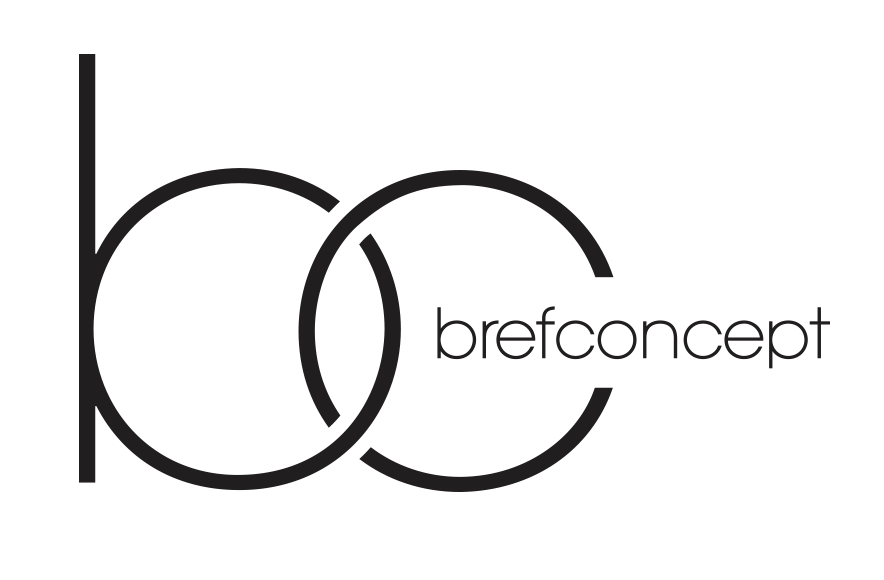Dystopian Literature: A Strategic Overview for Investors and Partners
Dystopian literature presents a unique intersection of creativity, societal critique, and engagement that has captured the attention of readers and investors alike. As individuals seek both escapism and reflection through literature, dystopian narratives serve dual purposes. This cross-genre appeal allows for a more diverse readership.
In addition, furthermore, the emergence of social media platforms has provided a robust channel for promoting these works, enabling authors and publishers to reach wider audiences effectively. Engaging readers beyond the initial purchase is essential for sustained interest. They not only entertain but also provoke thought and discussion about current issues. This article presents a neutral-positive analysis of the opportunities within the dystopia book market, focusing on user growth, product-market fit, platform or mobile reach, brand visibility, and long-term retention strategies.
Dystopian novels, often falling within these categories, are positioned to capture a substantial portion of this growth. This alignment with current events, combined with the emotional engagement these stories evoke, establishes a strong connection between the product and its target market.
Platform and Mobile Reach
The digital landscape has transformed how readers consume literature, and dystopian society books have benefited from this shift. As dystopian narratives often encourage critical thinking and discussion, authors who engage with their audience can create a more profound connection, thereby enhancing brand visibility. popular dystopian novels
Long-Term Retention Strategies: Cultivating a Loyal Reader Base
Retention strategies play a vital role in ensuring the long-term success of dystopian literature. Engaging with readers through social media platforms, hosting live readings, and participating in Q&A sessions fosters a sense of community and loyalty. Such partnerships not only enhance brand recognition but also foster community engagement around these works.
Social media campaigns that highlight quotes, themes, and discussions about classic dystopian novels can further amplify brand visibility.
Successful adaptations, such as « The Hunger Games » and « The Handmaid’s Tale, » have amplified interest in the original texts, driving sales and encouraging new readership. Platforms like Kindle, Audible, and Apple Books offer convenient access to a vast library of dystopian titles, catering to the on-the-go lifestyle of modern consumers.
In addition, social media platforms have become critical for marketing and community building. Investing in this genre promises not only financial returns but also the chance to be part of a meaningful narrative that resonates with the zeitgeist of our times.
Such relevance creates opportunities for collaborations with educational institutions and social organizations focused on relevant issues, enhancing the novels’ marketability while fostering a deeper connection with readers.
Platform and Mobile Reach
The proliferation of e-books and audiobooks has transformed how readers consume literature, expanding the reach of dystopian novels to mobile platforms. This analysis aims to provide a comprehensive overview of the current landscape of dystopian literature, emphasizing user growth, product-market fit, platform reach, brand visibility, and long-term retention strategies.
User Growth and Market Demand
The user base for dystopian literature has expanded notably, particularly among younger demographics. By understanding user growth, product-market fit, platform reach, brand visibility, and long-term retention strategies, stakeholders can effectively navigate this dynamic landscape.
Collaborations with influencers and participation in literary festivals can also enhance visibility, creating a buzz around specific titles. top dystopian novels
In addition, the rise of adaptations into films and series, as seen with « The Hunger Games » and « The Maze Runner, » provides a robust avenue for expanding brand visibility. This shift to digital not only enhances accessibility but also opens avenues for subscription models, where readers can explore a range of titles for a monthly fee.
Furthermore, social media platforms, including Instagram and TikTok, have become vital marketing tools.
